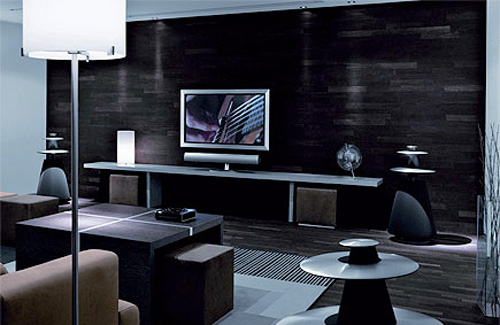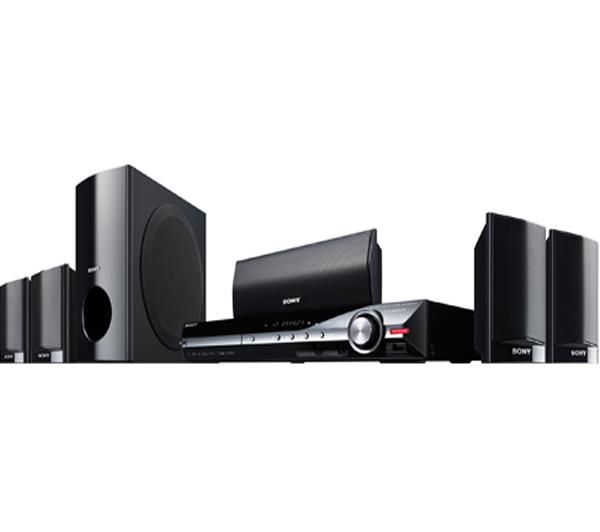Home theater systems – well-installed ones, that is – are a feast for the senses. And that includes the sense of hearing. Indeed, to your ears, nothing beats the experience of listening to the sonic wallow of famous car chase scenes or to the magnificent acoustics of your favorite symphony orchestra, all from the comfort of your own home.
That’s why it is important to enhance, as much as you can, the performance of your home theater system’s audio. The sound is just as essential a part of the performance as the video. So avoid these common mistakes and home theater audio “don’ts” that can easily ruin your home entertainment experience and send you into a fit of hair-pulling frustration.
Don’t buy cheap speakers. If you’re willing and able enough to invest in the home theater setup of your dreams, you might as well buy the highest-quality speakers and audio components you can afford. Don’t skimp on these. Make sure there’s enough for good loudspeakers and subwoofer in your budget. After all, home theater isn’t just about Internet TVs and fancy plasmas and crystal-clear displays. It’s about being able to produce great sound, too.
Shopping? Don’t forget to bring your CDs and DVDs. The idea is to test various speakers with the same set of sounds or recordings that you’re familiar with. Some, believe it or not, make the mistake of giving little thought to their audio, and thus rushing a purchase without first researching products, visiting different dealer stores, testing the speakers, and making comparisons. Don’t make the same mistake: remember to take your favorite Lady Gaga CD or Mozart recording with you as you head to the shops.
Don’t drill holes or tie the cables without first testing your speakers. It sure is good practice to plan ahead before you buy, but even after you purchase your speakers, it’s important to continue to experiment with various locations before actually installing them. A particularly crucial component is the center-channel speaker. There will be differences, depending on where the center-channel speaker is placed, in tone and balance and quality of your home theater sound. So bring out your favorite movie for calibration, experiment with various speaker locations within your home theater room, listen carefully, and take notes as you go about finding where exactly the speakers produce the best, clearest, and most natural sounds.
Don’t crank up the volume without managing the noise. Especially if you have lots of fixtures in your home theater room and the rest of your house. If you really want to turn it up for an action movie marathon, make sure that you first secure vibration-prone objects like, say, lamps, photo frames, glasses, artwork, and other decorative items. It’s also a good idea to use sound-dampening insulation in your walls to minimize the transmission of sound from your home theater to other parts of your house.
Don’t adjust your surround speakers because you can’t “hear” them. That’s because you hear them only when the on-screen situation calls for it: surround speakers are specifically designed to enhance ambient sound effects, like a ringing phone or the pitter-patter of rain or a helicopter’s wallow, and bring an extra spatial dimension to the audio. Don’t expect to hear surround sound from, say, a videotaped interview on a news channel or a low-budget documentary film.
Don’t DIY if your system calls for professional help. Audio system professionals like Hooked Up Installs are there to leave the guesswork out of the whole process. So if you ever run into trouble while setting up your home theater audio, or if you simply need some kind of service consultation (we understand it can be downright confusing), don’t hesitate to ring the pros. We, for one, would certainly be glad to hear from you.



